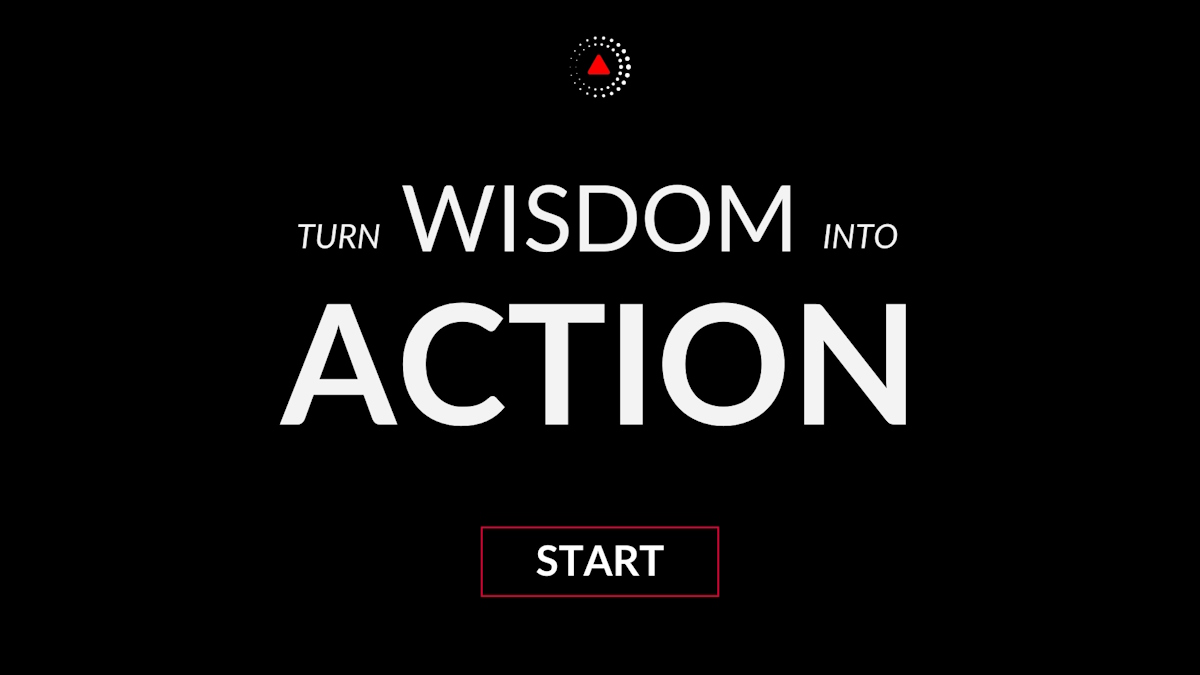To improve is to change.
What's the meaning of this quote?
Quote Meaning: The quote "To improve is to change" encapsulates a profound insight into the nature of progress and growth. At its core, it suggests that advancement and betterment are inherently linked with the willingness and ability to embrace change. This concept resonates across various facets of life, from personal development to societal evolution.
At a personal level, the quote underscores the importance of adaptation and self-awareness. It implies that to become better versions of ourselves, we must be open to modifying our perspectives, behaviors, and habits. Growth often requires stepping out of our comfort zones, confronting challenges, and learning from experiences. Whether it's overcoming fears, breaking bad habits, or acquiring new skills, improvement demands a willingness to let go of the familiar and embrace the unknown.
Moreover, the quote speaks to the dynamic nature of life itself. Change is an inherent part of the human experience, and stagnation often leads to regression. Just as the natural world undergoes cycles of growth, decay, and renewal, individuals and societies must evolve to thrive in an ever-changing environment. This necessitates a mindset that views change not as a threat, but as an opportunity for progress and innovation.
In the context of broader societal issues, the quote emphasizes the importance of adaptability and innovation in addressing challenges and driving positive change. History is replete with examples of civilizations and institutions that flourished or faltered based on their ability to adapt to changing circumstances. Whether it's technological advancements, cultural shifts, or shifts in political ideologies, societies that resist change often find themselves left behind, while those that embrace it can propel themselves forward.
Furthermore, the quote challenges the notion of complacency and the status quo. It suggests that true improvement requires a constant reassessment of existing norms and a willingness to challenge conventional wisdom. This echoes the sentiment expressed by many groundbreaking thinkers and innovators throughout history who have dared to question the established order and pave the way for progress.
In essence, "To improve is to change" serves as a poignant reminder of the transformative power of embracing change in all its forms. It urges us to cultivate a mindset characterized by curiosity, resilience, and a willingness to evolve. By embracing change as a catalyst for growth rather than fearing it as a disruptor, we can unlock our full potential and create a better future for ourselves and for generations to come.
Who said the quote?
The quote "To improve is to change.” is often attributed to Winston Churchill (Bio / Quotes). Winston Churchill was a British politician, statesman, and writer who is widely regarded as one of the greatest leaders in modern history.
Applying the quote to your life
Unlock Churchill's wisdom and apply it to your life by getting the in-depth Winston Churchill Workbook & Study Guide, complete with top quotes, insightful commentary, reflective questions, and practical uses for everyday life.
To apply more wisdom, get the All-Access Pass, which includes hundreds of study guides from the world's top minds. These include deep insights from individuals such as Nelson Mandela, Steve Jobs, and Albert Einstein, as well as some of the top authors and personal development books.
What are Winston Churchill's Best Quotes?
Watch on Elevate's YouTube channel and be sure to subscribe for more wisdom and insights from the world's top minds.
Subscribe on YouTube to get the latest quote videos delivered straight to you:
Is there a historical example that illustrates the message of the quote?
A historical example that vividly illustrates the quote "To improve is to change" is the reign of Emperor Meiji of Japan during the late 19th and early 20th centuries. Before Emperor Meiji ascended to the throne in 1867, Japan was a feudal society largely isolated from the rest of the world. The Tokugawa shogunate, which had ruled Japan for over two centuries, maintained strict policies to keep foreign influence at bay and resisted modernization.
However, the arrival of Commodore Matthew Perry from the United States in 1853, with his fleet of "black ships," forced Japan to confront the necessity of change. The Treaty of Kanagawa, which followed Perry's visit, opened Japan to foreign trade and marked the beginning of a period of rapid transformation.
Emperor Meiji recognized that in order to secure Japan's sovereignty and enhance its global standing, sweeping reforms were necessary. This led to what is known as the Meiji Restoration—a period characterized by profound modernization and industrialization. The Meiji government implemented a series of reforms across various sectors: political, military, economic, and social. They abolished the feudal system, centralized power, established a modern army and navy, adopted Western technologies and industries, and even overhauled the educational system.
These changes were not merely superficial adjustments; they were fundamental shifts that redefined Japan's societal structure and its role on the world stage. By embracing these changes, Japan transformed from a secluded feudal society into a burgeoning modern nation. This historical example underscores the idea that improvement requires change—an essential lesson illustrated by Japan's transformation during the Meiji era.
How can the quote be applied in a real-life scenario?
In real life, the quote "To improve is to change" can be applied in many areas, whether personal, professional, or organizational. Consider the case of a business looking to enhance its market position and adapt to new consumer demands.
Imagine a company that has been successful in manufacturing and selling traditional paper-based planners. As technology advances and digital tools become more prevalent, the demand for physical planners declines, and the company starts experiencing a drop in sales. To sustain and grow their business, the company faces a critical decision: to cling to their traditional products or to embrace change.
To improve and stay relevant, the company decides to pivot. They invest in developing a digital planner app that integrates with various devices, offering users more flexibility and functionality. This shift involves not only technological changes but also a cultural shift within the company. They need to train their employees on new software, adapt their marketing strategies to promote the digital product, and potentially redefine their business model.
The process of transitioning to a digital platform is challenging and requires a willingness to leave behind old practices and adapt to new ones. This change allows the company to reach a broader audience, meet evolving customer preferences, and ultimately enhance its competitive edge. The decision to innovate and embrace new technology demonstrates the essence of the quote—improvement is inherently linked to change. Without embracing this change, the company might have faced stagnation or decline, illustrating that improvement often demands a proactive approach to adapting and evolving.
Chief Editor
 Tal Gur is an author, founder, and impact-driven entrepreneur at heart. After trading his daily grind for a life of his own daring design, he spent a decade pursuing 100 major life goals around the globe. His journey and most recent book, The Art of Fully Living, has led him to found Elevate Society.
Tal Gur is an author, founder, and impact-driven entrepreneur at heart. After trading his daily grind for a life of his own daring design, he spent a decade pursuing 100 major life goals around the globe. His journey and most recent book, The Art of Fully Living, has led him to found Elevate Society.






















